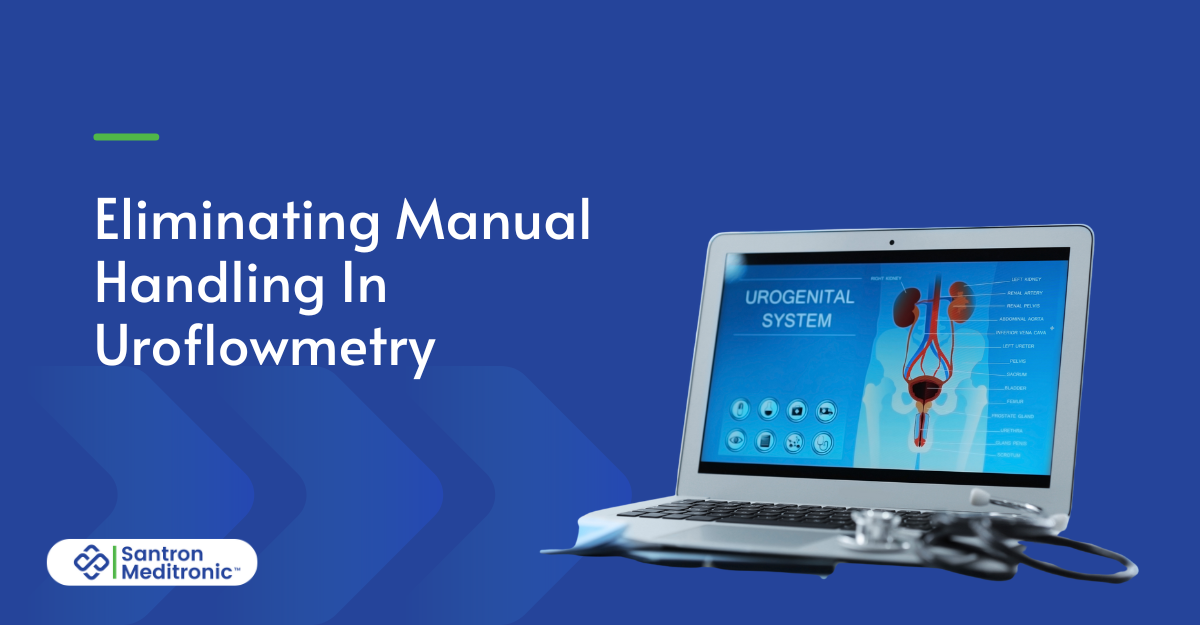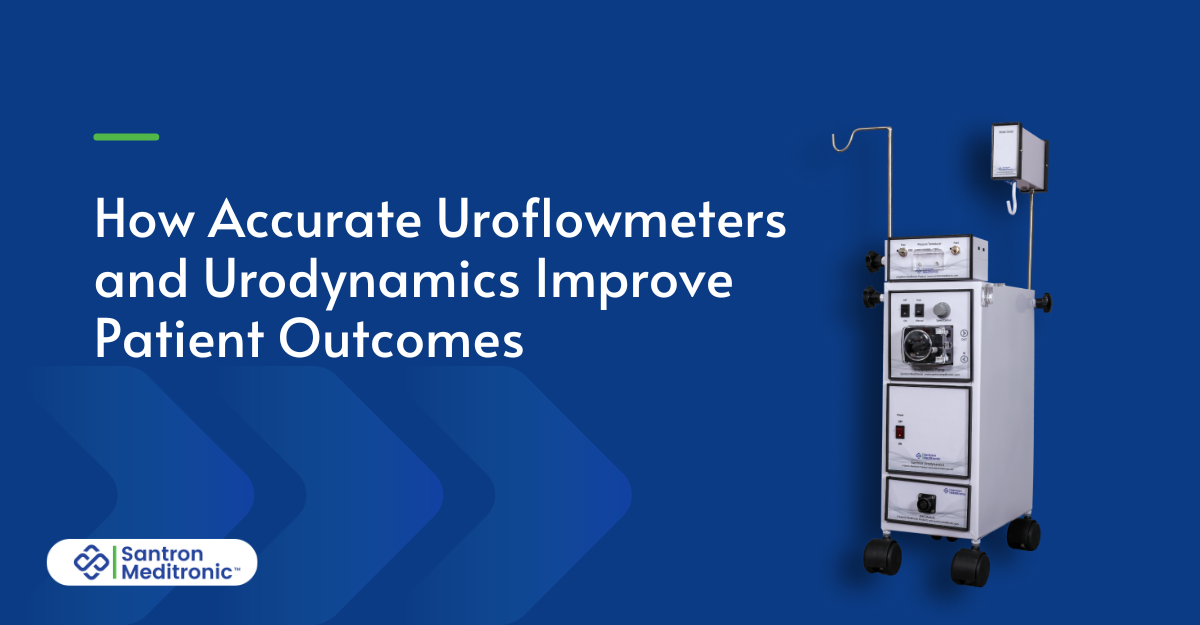Urinary retention is a medical condition in which the bladder does not empty completely during urination. It can result from several causes, such as blockage in the urethra or even neurological issues. If left undiagnosed or untreated, urinary retention can lead to UTIs, bladder stones, and severe bladder and kidney damage.
In this blog, we will discuss urinary retention, its causes, diagnosis, and the leading medical trends for treating the condition. So, let’s begin.
What is Urinary Retention?

Image: Source
Urinary retention is a medical ailment that is characterized by the bladder’s inability to empty completely, leaving residual urine behind. It is classified into two types:
- Acute urinary retention: This occurs suddenly and is often accompanied by severe abdominal pain and an urgent need to urinate.
- Chronic urinary retention: This develops gradually over time, often causing mild symptoms such as weak urine flow, frequent urination, or difficulty starting urination.
Causes of Urinary Retention
Urinary retention can result from various factors. Let’s look at the top urinary retention causes below:
- Urethral Blockage: Obstructions in the urethra can restrict urine flow. Common causes include benign prostatic hyperplasia (BPH), urethral strictures, bladder stones, or tumors.
- Neurological Conditions: Disorders like spinal cord injuries, multiple sclerosis, or stroke can disrupt the nerves that control bladder function.
- Medications: Certain drugs such as muscle relaxants, antidepressants, and antihistamines may interfere with normal bladder activity.
- Weak Bladder Muscles: Aging or underlying conditions may weaken bladder muscles, reducing their ability to contract effectively.
- Post-Surgical Effects and Psychological Factors: Surgical procedures, particularly those involving anesthesia, can temporarily impair bladder function. Additionally, anxiety and emotional stress may contribute to urinary retention.
Diagnosing Urinary Retention
Patient history and symptoms
Conducting a thorough examination of the patient’s medical history is typically the first step in diagnosing urinary retention. Your doctor will ask about your specific symptoms, existing medical conditions, medications, or any recent surgeries.
Physical examination
Next, your healthcare practitioner will conduct a physical examination, which includes a check-up of your lower abdomen and pelvis area/rectum. It also involves a neurological evaluation.
Diagnostic tests
Several diagnostic tests are also available that help to diagnose urinary retention easily. The most popular ones are:
o Urodynamic testing- Urodynamic tests such as uroflowmetry help to assess the flow and volume of urine and identify any abnormalities. Santron’s PC-based urodynamic system is setting new benchmarks in urological care by effectively evaluating bladder functions and early detection of urinary retention.
o Post-void residual urine test- This test measures the amount of urine retained in the bladder post urination.
o Cystoscopy- A device is inserted into the bladder that visually inspects all obstructions or anomalies.
o Imaging tests- Imaging tests such as CT scans, ultrasound, or MRI can help to diagnose the presence of structural masses causing urine obstruction.
Leading Medical Trends in the Treatment of Urinary Retention
Treatment for urinary retention depends on whether the condition is acute or chronic. Acute urinary retention is a medical emergency that requires immediate catheterization to drain the bladder and provide quick relief.
Chronic urinary retention, on the other hand, has several treatment options that aim to manage the condition effectively. Here, we will discuss the best urinary retention treatment options that can ease the condition.
- Medications
Your healthcare provider may prescribe medications to treat the underlying cause of urinary retention. For instance, an enlarged prostate can be treated with alpha-blockers and 5-alpha reductase inhibitors, while infections may require antibiotics.
- Surgical procedures
If medications prove ineffective, surgical intervention may be recommended. Procedures such as prostatectomy or bladder/urethral surgeries are common for treating structural issues, tumors, or severe blockages in the bladder.
- Non-surgical treatment options
Non-invasive approaches like pelvic floor exercises, bladder training, and fluid management can improve bladder control. Additionally, dietary adjustments, such as reducing alcohol and caffeine intake, are often recommended for better symptom management.
- Using uroflowmeters for regular monitoring and prevention
Non-invasive diagnostic testing is transforming urological care, with advanced tools like our uroflowmeters leading the way. These devices are among the current trends in urology care, allowing healthcare providers to monitor urine flow, detect blockages early, and track bladder function over time. By enabling regular monitoring without invasive procedures, they play a vital role in both prevention and treatment.
Conclusion (Paving The Way for Better Urological Outcomes with Santron)
Effective management of urinary retention requires a combination of timely diagnosis, appropriate treatment, and lifestyle adjustments. With advancements like uroflowmeters and improved surgical techniques, patients now have access to safer, more effective solutions that enhance their quality of life.
Santron Meditronic offers a range of Urology Diagnostic Equipment that can help with the effective monitoring and management of urinary retention. Contact us to learn more.








